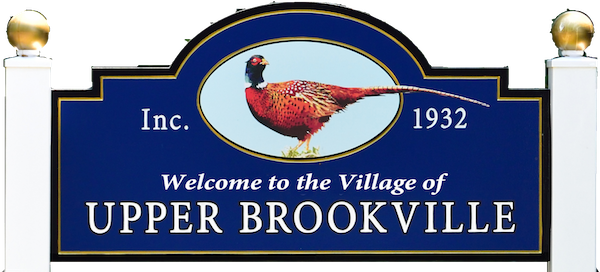March 13, 2017
BROOKLYN/LONG ISLAND, NY – National Grid urges customers to be prepared for a blizzard which is forecasted to bear down on the region on Tuesday. Forecasts are calling for substantial snow accumulations and high winds across New York City and Long Island. Flooding along coastal areas is also a concern and can cause interruptions in natural gas service.
National Grid field crews and support personnel are prepared in the event the weather causes damage to our region’s natural gas network, and are ready to address any service issues that may arise from the storm.
While storm preparations are important, so too is the safety of our customers.
National Grid is urging everyone to take precautions to avoid the potential hazards these conditions present. At many homes and businesses, the deep snowpack and additional snow left by snow removal equipment can clog vents to furnaces and other appliances. In addition, many roofs are laden with ice and snow overhanging natural gas equipment. Both conditions can lead to trouble.
Ice and Snow Buildup Poses Risk to Gas Equipment
The buildup of ice and snow around or over natural gas meters, regulators and pipes can pose a serious safety risk as well. Ice and snow falling from a roof can damage gas meters or service connections to customers’ homes or businesses, resulting in potential gas leaks. Anyone detecting the odor of natural gas should call National Grid. If the odor is present inside your building, leave the premises immediately and call from outside or a neighboring building.
Snow removal equipment operators also should be aware of the presence of natural gas equipment and avoid coming in contact with meters, hitting outside gas risers, or piling snow around vents mounted on the outside of buildings.
CO Safety
Carbon monoxide (CO) is a byproduct of fossil fuel combustion. Ice and snow that block natural gas appliance vents can cause CO to back up into a building, resulting in carbon monoxide poisoning to those inside. National Grid advises natural gas customers to closely inspect areas around vents for snow and ice build-up and to remove anything that is blocking those vents. Carbon monoxide is odorless and can build up to dangerous levels without building occupants being aware that it’s present. Customers are encouraged to install CO detectors in their homes and to test detectors that may already be installed to ensure that they are in working order.
If you suspect carbon monoxide is present in your home, go outside immediately and breathe deeply. If CO poisoning symptoms, such as headaches or drowsiness are severe, call 911 immediately. A working CO detector should be on every level of the home.
Carbon Monoxide Safety Tips
- The symptoms of carbon monoxide poisoning are similar to those of the flu. Depending upon the amount of carbon monoxide in the air and length of exposure, symptoms may include headaches, weakness, confusion, chest tightness, skin redness, dizziness, nausea, sleepiness, fluttering of the heart or loss of muscle control.
- If you suspect carbon monoxide is present in your home, go outside immediately and breathe deeply; then call 911. If symptoms are severe, get medical attention right away.
Smell Gas Act Fast
- Get Out – All occupants should leave the house immediately. Do not use the telephone or light switches for any reason.
- Call – After leaving the house and reaching a safe environment, call 911 or the National Grid 24-hour gas emergency number for Brooklyn, Queens and Staten Island at 718-643-4050, on Long Island and the Rockaway Peninsula call 1-800-490-0045 or call 911.
- Stay Out – Do not return to your home until National Grid tells you it is safe.
About National Grid
National Grid (LSE: NG; NYSE: NGG) is an electricity and natural gas delivery company that connects nearly 7 million customers to vital energy sources through its networks in New York, Massachusetts and Rhode Island. It is the largest distributor of natural gas in the Northeast. National Grid also operates the systems that deliver gas and electricity across Great Britain.
Through its U.S. Connect21 strategy, National Grid is transforming its electricity and natural gas networks to support the 21st century digital economy with smarter, cleaner, and more resilient energy solutions. Connect21 is vital to our communities’ long-term economic and environmental health and aligns with regulatory initiatives in New York (REV: Reforming the Energy Vision) and Massachusetts (Grid Modernization.)
For more information please visit our website: www.nationalgridus.com, or our Connecting website. You can also follow us on Twitter, watch us on You Tube, Friend us on Facebook and find our photos on Instagram.

